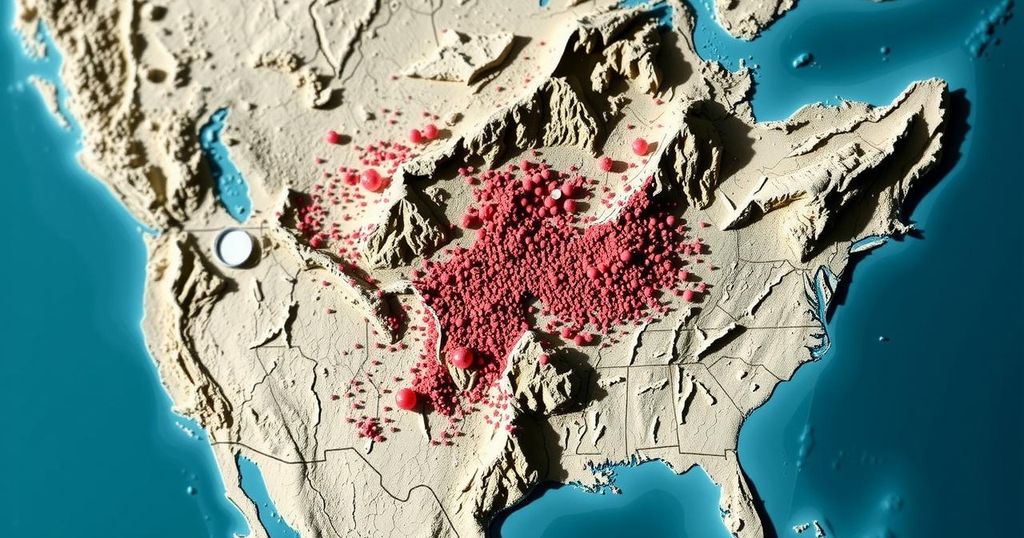A 5.8 magnitude earthquake struck Abomsa in central Ethiopia, prompting evacuations and heightened concerns over increasing seismic activity in the region. A disaster response team has been sent to areas near the epicenter, affecting around 80,000 residents, with no fatalities reported. The earthquake is part of a troubling trend of escalating seismic events in recent weeks.
Evacuations have commenced in Abomsa, located in central Ethiopia, following a significant earthquake measuring 5.8 on the Richter scale. The nation’s Communications Office confirmed this development on Saturday. A specialized team focusing on disaster prevention and mitigation has been deployed to assist the approximately 80,000 residents in the vicinity of the quake’s epicenter. Fortunately, there have been no reported fatalities linked to this seismic event.
In recent weeks, the central and northeastern regions of Ethiopia, including Awash Fentale, have been experiencing an uptick in seismic activity characterized by minor tremors. The most powerful among these occurred in the early hours, causing concern across the capital city. Emergency response efforts are particularly crucial, given the accompanying volcanic eruption at Mount Dofan, which is situated in an area with a history of seismic challenges.
The tremors were reportedly felt as far away as Addis Ababa, about 142 miles from the epicenter, leading to widespread panic and discussions on social media platforms. There has been a notable increase in seismic incidents in the Awash Fentale region, with over a dozen minor earthquakes recorded preceding this event. Experts note that seismic activity is becoming increasingly common and intense, as indicated by the recent rise from magnitudes of 4.0 to nearly 6.0, alongside the occurrence of five tremors within a short time frame. This escalating trend raises significant concerns about possible future disasters in the affected areas.
The recent earthquake in Ethiopia has heightened awareness and concern regarding seismic activity in the region. Central and northeastern Ethiopia, particularly in the vicinity of Awash Fentale, have been exhibiting increasing seismic behavior, characterized by a series of minor tremors leading up to the recent significant quake. The interplay of geological factors, including volcanic eruptions, has contributed to the urgency of evacuation measures, especially in communities close to these geological threats. Understanding the historical context of seismic activity in Ethiopia is essential for assessing potential risks and implementing effective disaster response strategies.
In summary, the 5.8 magnitude earthquake in Abomsa has prompted urgent evacuations and highlighted the growing seismic activity in Ethiopia’s central regions. With no fatalities reported so far, disaster response teams are actively addressing the needs of affected residents. As seismic events become more pronounced, the government and its agencies remain vigilant, emphasizing the importance of preparedness in the face of potential future disasters.
Original Source: www.aa.com.tr






